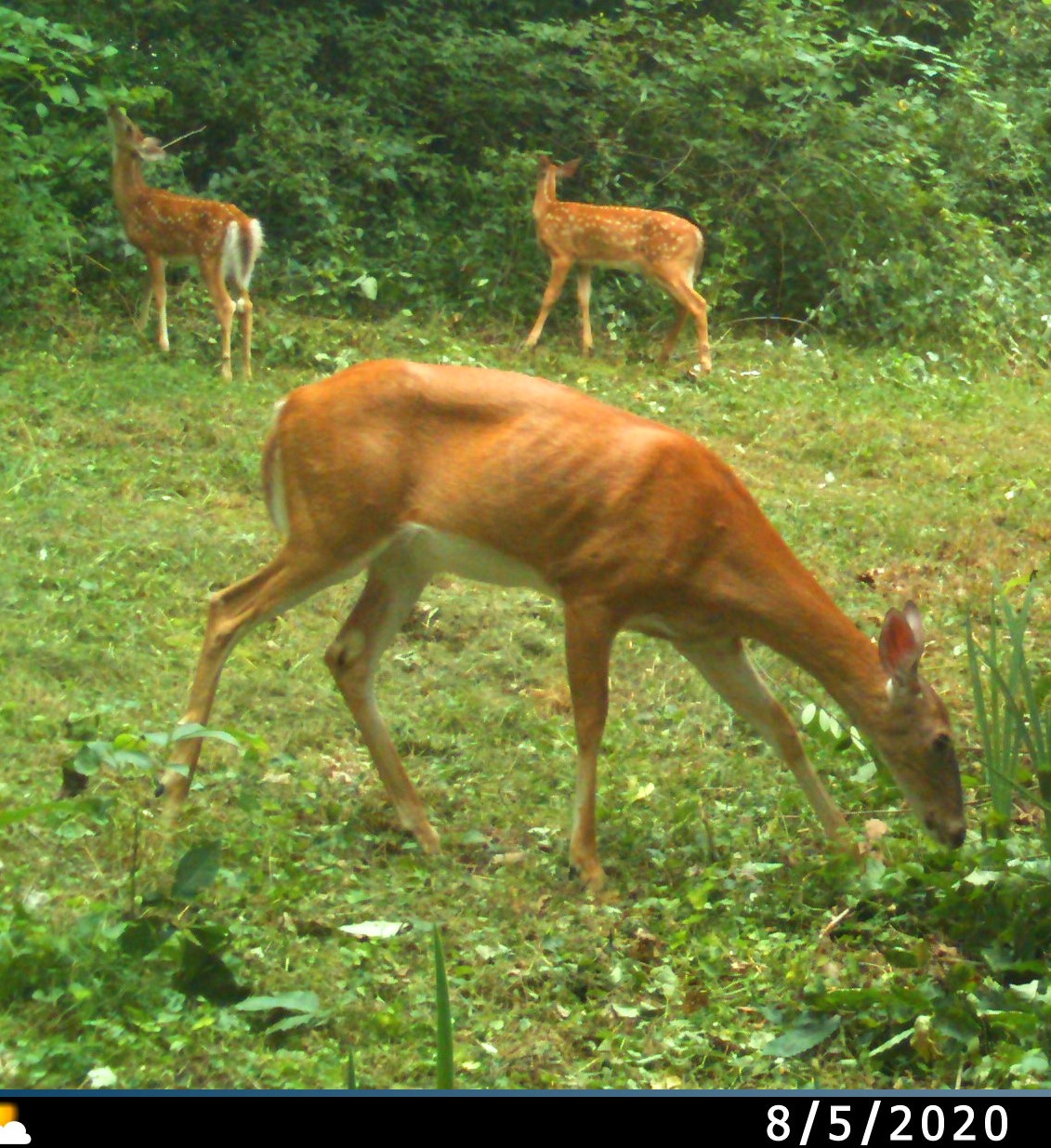


currently unavailable Tree collards came to the U.S. during the the early years of slavery. It provided valuable nutrition and was probably the first perennial vegetable in the south. The plant was normally propagated from cuttings using stem cuttings. All the leaves were removed and then the stem or stalk was stuck into the soil. This is how it is still propagated today.
I was extremely fortunate to get seeds and began a permanent polyhouse planting as well as an outdoor planting to develop perennial northern versions. This is how I grow them. This has allowed me to create hardier and more robust forms. Tree collards are considered a perennial Brassica but if it hits much below 25F the plant will unlikely survive the winter. However with selection many of our plants have survived in our polyhouses without supplemental heat during the winter with lows reaching minus 17 F. Eventually many of these ended up in my outdoor plantings. The flavor seems to hold true but the leaf shapes are different. Once someone called and wanted to return the plants because they are not true collards. This is an issue for some by finding hybrids within the collard group and not wanting something that looks different than the more common annual collards which are very uniform in appearance.
The flavor of the leaves is very mild and just delicious to eat fresh or cooked. Gardeners in mild climates will find the plant reaching 4-6 ft. tall in one season which can be trimmed to look like a thick Scots pine Christmas tree if you prune it vigorously. Tree collard stems can be kept in your refrigerator crisper section and stored that way through winter. Just make sure to remove the leaves. Plants can be brought indoors during winter too and can be kept in a sort of a dormancy by putting them on a cool window sill.
This seed source can provide both cultivar level selections with hardier versions that can survive several years without having to be replanted. Every seed source is different in terms of hardy brassicas. I have tried a lot of them. Despite the variation in this group, this is the hardiest and should easily survive zone 5 outdoors. However, it really needs further testing to see the limits. I think zone 4 is not out of the question now when it hit -27F at the farm a few years ago and all the plants made it. This seed source will make a seed source for use as is and to create other zone 5 cultivars like "Michigan".
| Plant Specs |
| Genus & Species |
Brassica oleracea |
| Hardiness |
-20 F hardiness once established. |
| Height (ft) |
5-10 |
| Width (ft) |
5-10 |
| Pollination Requirements |
There is a lot of empty and partly empty pods but the seeds that do form are solid. It is important to have many seedlings of them to insure good pod set. Without bees doing their thing, seeds are not produced as I found out when I left one plant in the greenhouse one year. |
| Soil |
Does better in heavier and high organic soils. Susceptible to drought conditions. |
| Climate |
Zone 5-9 |
| Ease of Cultivation |
An easy plant to grow to big sizes. Totally delicious and easy to grow like a giant edible evergreen tree. This strain is one of the most vigorous of the collards and develops must faster than sea kale which is slow and has never survived longer than 3 years at my farm. The plants are helped by snow cover and since my farm is in a snow belt it helps protect the stems from dying. HAVE TO PROTECT from deer as they nail even the stems. |

